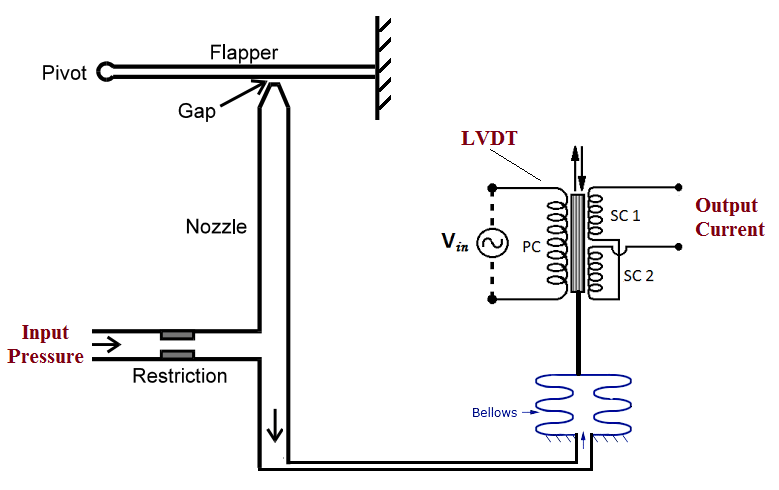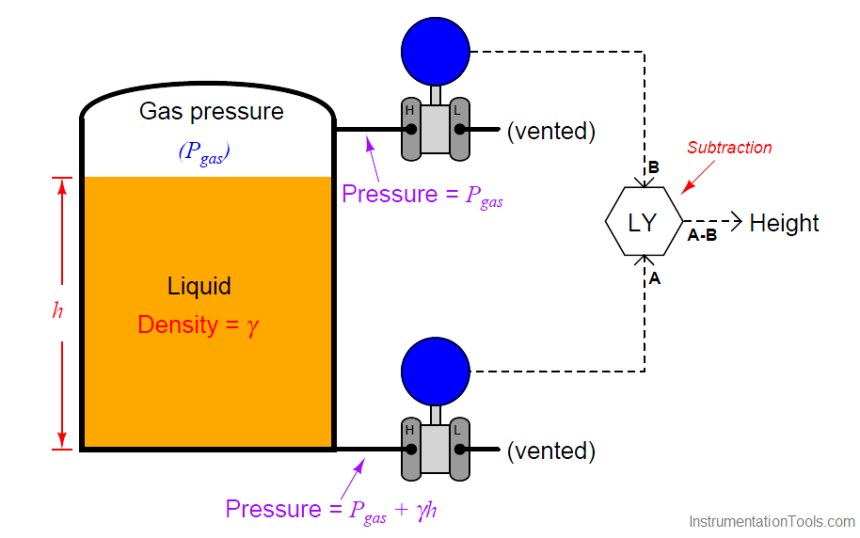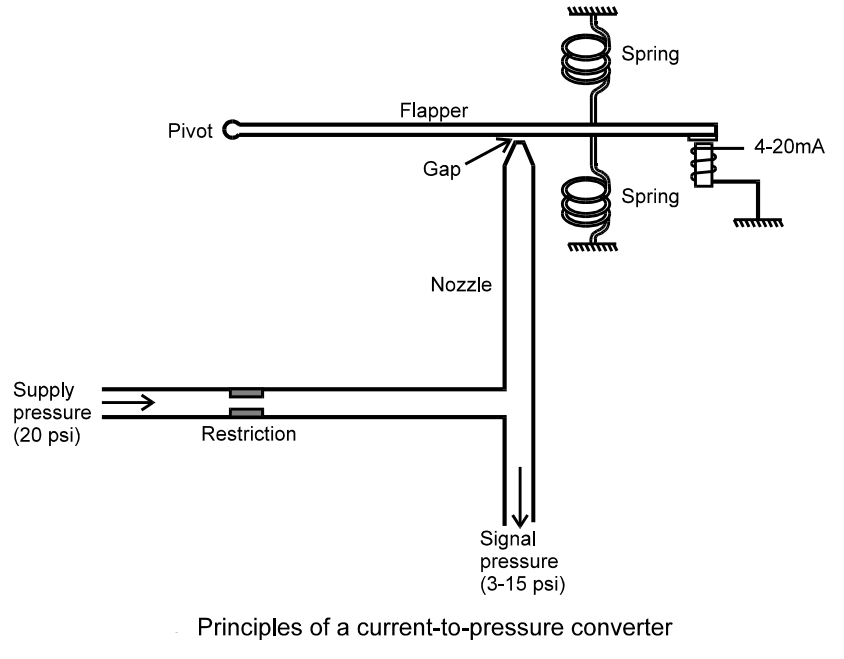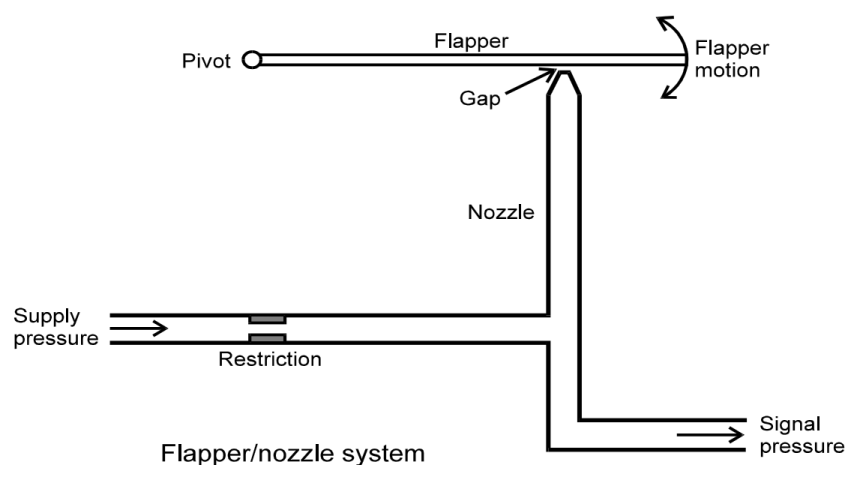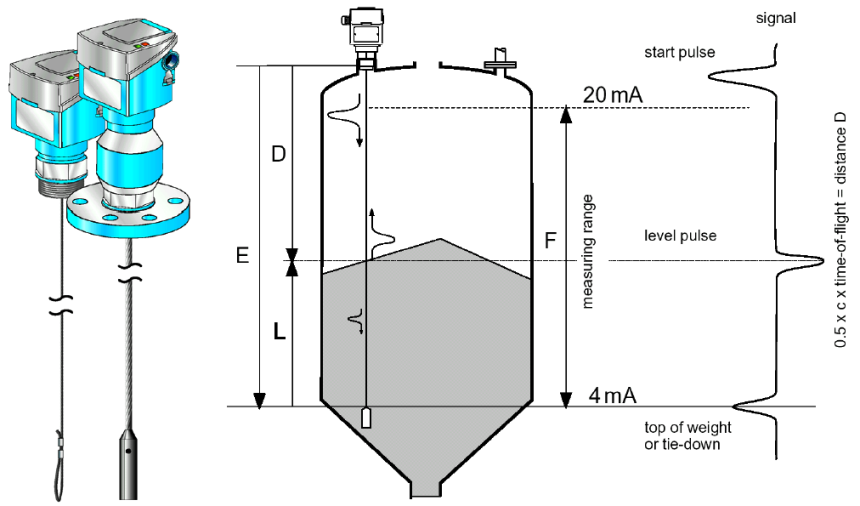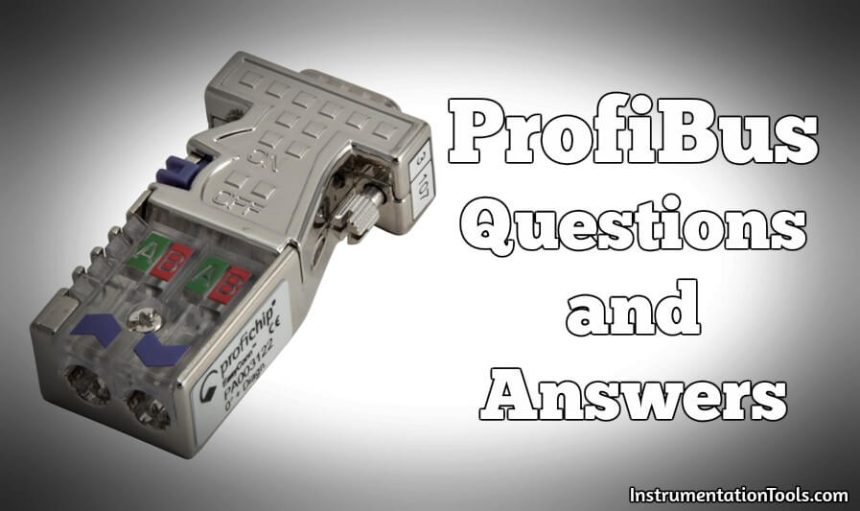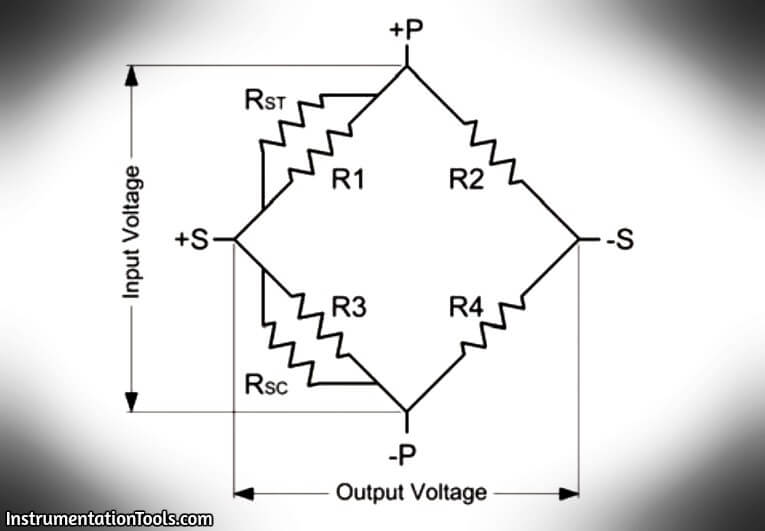Pressure to Current (P/I) Converter Principle
We can construct a pressure to current converter using a Flapper- Nozzle arrangement , Bellows and a Linear Variable Differential Transformer (LVDT) circuit. Input pressure is given to Flapper-Nozzle arrangement…
Pressure Transmitters Leg Compensation Technique
Alternative to Pressure Transmitters Leg Compensation An alternative to using a compensating leg to subtract gas pressure inside an enclosed vessel is to simply use a second pressure transmitter and…
Current to Pressure (I/P) Converter Principle
Current to Pressure Converter works on flapper nozzle method. The input is 4 to 20mA signal and the equivalent output is 3 to 15 PSI pressure. Also Read : What…
What is Flapper Nozzle System ?
A very important signal conversion is from pressure to mechanical motion and vice versa. This conversion can be provided by a flapper nozzle system (sometimes called as baffle/nozzle system). Flapper Nozzle…
Ambient Air Quality Monitoring System Principle
AAQMS (ambient air quality monitoring System) for continuous monitoring of pollutant gases like NO2, SO2, O3, CO and suspended particulate matter like PM10 and PM2.5 Ambient Air Quality Monitoring Parameters…
Micro-impulse Level Transmitter Principle
Levelflex is a "downward-looking" time-of-flight system, which measures the distance from the probe mounting (top of silo) to the material level. An electrical pulse is launched and guided down the…
Advantages & Disadvantages of Level Measurement Systems
Here we discuss about Advantages & Disadvantages of Level Measurement Systems like sight glass, ultrasonic level transmitters, float level measurement, Displacer level instruments, Pressure based level measurement. Advantages & Disadvantages of…
Latest ProfiBus Questions and Answers
ProfiBus Questions and Answers What happens if the PROFIBUS cable has a short-circuit? A short-circuit at the PROFIBUS cable can disturb a data communication in the particular segment. The devices…
Load Cell Design
When your application needs to measure static or quasi-static loads, forces or weights, you would need to use a load cell. A load cell is a device that converts the applied…
Shunt Calibration of a Strain Gauge Load Cell
Shunt calibration is the known electrical unbalancing of a strain gauge bridge by means of a fixed resistor that is placed, or “shunted,” across one leg of the bridge. The…
